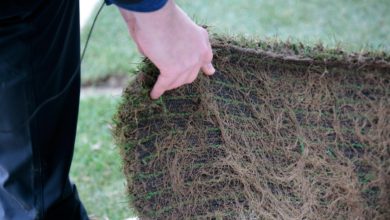

Police in Boise, Idaho, have used DNA evidence to help solve a cold case dating back to 1987.
The victim, Boise resident Joyce Casper, was found dead in her vehicle on Oct. 13, 1987, at age 65, police said. At the time of her murder, she owned Casper’s Vista Hallmark Shop, located in the Vista Village Shopping Center in Boise's Depot Bench neighborhood, where she was known to work late at night.
Detectives on the case in 1987 found evidence that pointed to Casper being abducted outside of her shop in the early morning, sexually assaulted, and then killed. DNA evidence recently matched a man named Frank A Rodriguez, who died in 2007, the Boise Police Department said in a press release Friday.
“Members of BPD’s Criminal Investigation Division (CID) have spent years working to identify the person responsible for the death of Joyce Casper and close this investigation once and for all for Joyce’s family,” Captain Matt Jones said in the release. “Justice has been a long time coming and we are proud and grateful to finally be able to give them some answers.”
Boise victim reported attack weeks before her 1987 murder
In the initial investigation, detectives found a report made by Casper two to three weeks before her death where she stated that a man had tried to assault her in her store but ran away after an "altercation between the two," police said. Casper described the man as aged 17 to 25 with "slicked-back black hair."
"Boise Police investigators searched for clues that would lead to identifying the person responsible, but no suspect was arrested for the assault or the murder," police said.
More on cold cases:Hardee County man found guilty of second-degree murder in 17-year-old Manatee cold case
Boise Police Department continues to work on case
Detectives from the department's Violent Crimes Unit and Special Victims Unit continued to work on the case over the years. In 2017, two detectives started working full-time on the case and were able to develop new information with new technology, police said.
The police department sent DNA obtained at the crime scene to be tested by Parabon Nanolabs, which created a computer profile of the suspect from it. "Detectives were hopeful that this profile would lead to identifying the person responsible for the homicide and they released a computer-generated profile to the public in October of 2017," police said. "The DNA test findings indicated that the suspect’s DNA would match a male Latino, possibly from Puerto Rico or Colombia."
The DNA results also showed that the attacker had brown or hazel eyes and brown or black hair. However, a suspect was not identified.
A different detective who took over the case in 2019 worked with forensic genetic genealogy company Identifiers, as well as with other detectives across the U.S. to "conduct interviews, locate people, and set up DNA swabs," the department said. Those efforts resulted in narrowing down potential suspects to a family tree, police said.
"In 2023 the evidence pointed to a man named Frank A Rodriguez, who died in 2007," police said. "Following this discovery, investigators met with the suspect’s family and obtained DNA swabs, which were analyzed and proved through genetics that Frank A Rodriguez was the suspect."
Jones, in the release, lauded all who had helped in the investigation. “While nothing can bring back their lost loved one, we are proud that after 36 years and countless hours of investigation, we were able to bring some form of closure to the Casper family," he said.
More on Idaho:Northern lights could be visible in Idaho this week. Here's how to see them.
Kate Perez covers breaking and trending news for USA TODAY. You can reach her at [email protected] or on Twitter @katecperez_.
Source link







